Home>Garden Essentials>What Can You Plant In Front Of Roses For Garden Design?
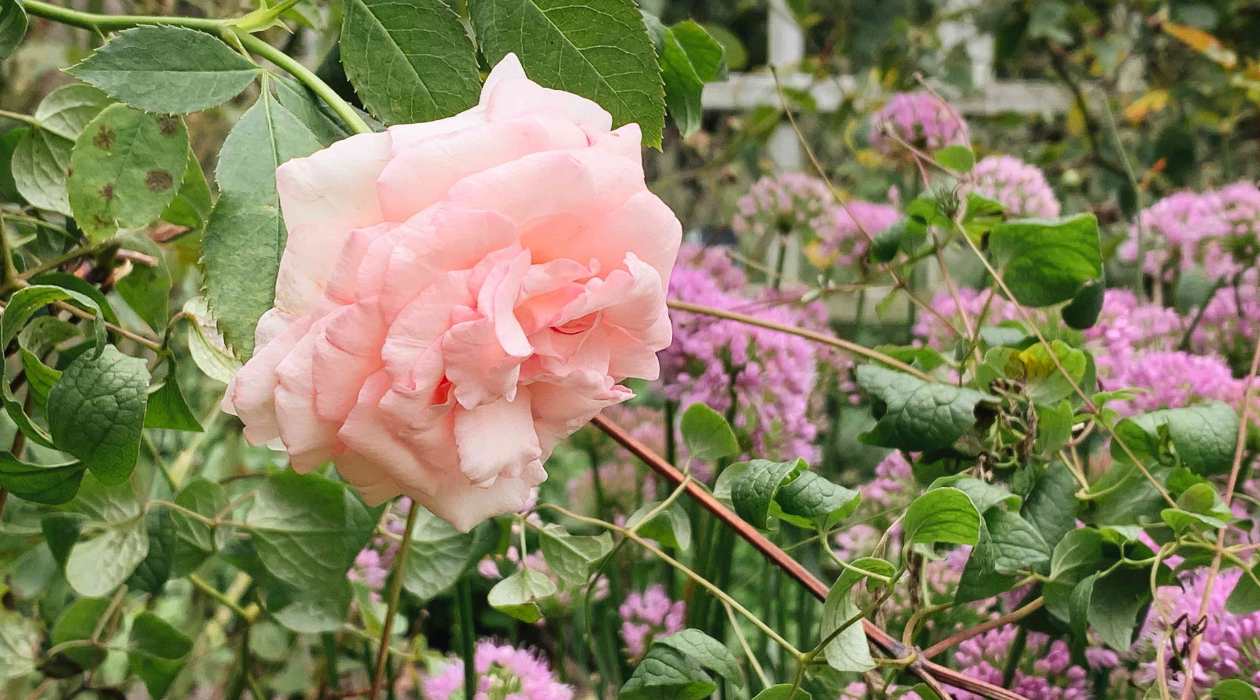

Garden Essentials
What Can You Plant In Front Of Roses For Garden Design?
Modified: March 7, 2024
Discover the best plants to complement your roses and enhance your garden design. Find out what to plant in front of roses for a stunning and harmonious outdoor space.
(Many of the links in this article redirect to a specific reviewed product. Your purchase of these products through affiliate links helps to generate commission for Storables.com, at no extra cost. Learn more)
Introduction
In the world of gardening, roses hold a special place. Their beauty, fragrance, and timeless appeal make them a favorite among both novice and seasoned gardeners. However, if you want to take your rose garden to the next level, consider incorporating companion plants. Companion planting is the practice of growing different plants together for mutual benefits. When it comes to roses, choosing the right companion plants can enhance their growth, deter pests, and create a visually stunning garden design.
Companion plants offer several advantages when grown alongside roses. They can act as a natural pest deterrent, attracting beneficial insects that prey on common rose pests, such as aphids and spider mites. Some companion plants also have strong scents that help mask the scent of roses, making them less attractive to pests. Additionally, the right companion plants can provide shade, support, or ground cover, reducing weed growth and conserving soil moisture.
When selecting companion plants for your rose garden, several factors should be taken into consideration. First, consider the growth habits and requirements of your roses. Do they prefer full sun or partial shade? Do they have sprawling or upright growth? Matching the companion plants to the same light and soil conditions as the roses is crucial for successful coexistence.
Another factor to consider is the aesthetics of your garden design. Choose companion plants that complement the color, texture, and height of your roses. The goal is to create a harmonious and visually appealing combination of plants that showcase the beauty of each individual species.
After careful consideration, we have compiled a list of the best companion plants for roses, as well as a list of plants that are not recommended to grow alongside them. By following these recommendations and tips for successful companion planting, you can create a stunning rose garden that thrives with vibrant and healthy blooms. So, let’s dive into the world of companion plants and discover what can be planted in front of roses to elevate your garden design.
Key Takeaways:
- Choose companion plants like lavender, salvia, and catmint to repel pests, attract beneficial insects, and enhance the beauty of your rose garden while providing shade and ground cover.
- Avoid planting incompatible plants like peonies, lilacs, and hydrangeas near your roses to prevent competition for resources and maintain the health and vitality of your garden.
Read more: What Plants Are Good For Front Porch
Importance of Companion Plants for Roses
Companion planting is not just a trendy gardening practice; it has real benefits for the health and vitality of your roses. By selecting the right companion plants, you can create a symbiotic relationship that enhances the overall well-being of your rose garden.
One of the primary benefits of companion planting is pest control. Roses are notorious for attracting a variety of pests, including aphids, thrips, and Japanese beetles. However, certain companion plants can help deter these pests and attract beneficial insects that feed on them. For example, planting lavender or catmint near your roses can repel aphids and attract ladybugs, which are natural predators of aphids.
Companion plants can also provide shade and ground cover for roses. Many varieties of roses prefer full sun but benefit from having their roots shaded. Planting low-growing companions, such as creeping thyme or creeping phlox, around the base of your roses can help keep the soil cool and moist, reducing water stress and promoting healthy root growth.
In addition to insect control and shade provision, companion plants can also improve soil health. Certain plants, like legumes, have the ability to fix nitrogen in the soil, which is necessary for healthy plant growth. By interplanting nitrogen-fixing plants, such as clover or alfalfa, with your roses, you can naturally enrich the soil and ensure that your roses have an adequate supply of this essential nutrient.
Companion plants can also serve as natural mulch and weed suppressors. Ground-covering plants like thyme or violets create a living mulch that helps retain soil moisture and suppress weed growth. This not only reduces competition for nutrients but also saves you time and effort in weed control.
Another important aspect of companion planting is the aesthetics it brings to your garden. By carefully selecting companion plants that complement the color, form, and texture of your roses, you can create a stunning visual display. Whether you choose to plant lavender with its contrasting purple blooms or the delicate white flowers of baby’s breath, the combination of roses and companion plants can transform your garden into a work of art.
Overall, companion plants play a vital role in maintaining the health and beauty of your rose garden. They can act as natural pest deterrents, provide shade and ground cover, improve soil health, suppress weeds, and enhance the visual appeal of your garden design. By incorporating companion plants into your rose garden, you can create a thriving and vibrant oasis that will be the envy of all your gardening neighbors.
Factors to Consider for Companion Plant Selection
When it comes to selecting companion plants for your roses, there are several factors you should consider to ensure a successful and harmonious garden. By taking these factors into account, you can choose companion plants that will thrive alongside your roses and enhance the overall health and beauty of your garden.
1. Light and Soil Requirements: Roses have specific light and soil preferences, so it’s important to choose companion plants that can tolerate the same conditions. Some roses prefer full sun, while others can handle partial shade. Make sure to select companion plants that have similar light requirements to ensure they will thrive together. Additionally, consider the soil type and pH preferences of both the roses and potential companion plants. Matching the soil conditions will help create an optimal growing environment for all plants involved.
2. Size and Growth Habit: Consider the size and growth habit of your roses when selecting companion plants. Roses, depending on the variety, can have compact or sprawling growth. Choose companion plants that won’t overshadow or overpower the roses. Opt for plants that will complement the height and spread of your roses, creating a visually pleasing and balanced garden design.
3. Color and Texture: The combination of different colors and textures can greatly enhance the visual appeal of your garden. When selecting companion plants, consider their foliage and flower colors. Choose colors that complement or contrast with the colors of your roses to create an eye-catching display. Additionally, consider the texture of the foliage and flowers. Mixing different textures, such as soft and feathery leaves with bold and spiky flowers, can add depth and interest to your garden.
4. Bloom Time: It’s essential to consider the bloom time of both your roses and potential companion plants. Selecting plants with staggered bloom times will ensure that your garden remains colorful throughout the growing season. Coordinate companion plants that bloom before or after your roses to create a continuous display of flowers and maintain interest in your garden.
5. Fragrance: Fragrance is an important aspect of roses, and you may want to select companion plants that enhance or complement the scent of your roses. Consider plants with their own delightful fragrance, such as lavender or peonies, to create a fragrant oasis in your garden.
6. Pest Attraction and Repellent Properties: Some companion plants can attract beneficial insects that prey on common rose pests, while others can repel pests themselves. Consider planting companion plants that can help deter pests or attract beneficial insects for natural pest control. For example, planting marigolds or garlic near your roses can help repel aphids and other unwanted pests.
By taking these factors into account, you can select the perfect companion plants to grow alongside your roses. Careful planning and consideration will result in a harmonious and visually stunning garden that will bring you joy and admiration for years to come.
Best Companion Plants for Roses
When it comes to choosing the best companion plants for roses, there are several options that can create a stunning and harmonious garden design. These companion plants offer various benefits such as attracting beneficial insects, adding color and texture, and providing support or ground cover. Consider adding these top companion plants to your rose garden:
1. Lavender: Known for its soothing fragrance and beautiful purple flowers, lavender is a classic companion for roses. It attracts pollinators and beneficial insects while repelling pests like aphids. Plant lavender in a sunny spot near your roses to create a delightful visual and aromatic combination.
2. Salvia: With its eye-catching spikes of vibrant flowers, salvia is a perfect companion for roses. It attracts bees and butterflies, enhancing pollination and overall garden health. Choose varieties that complement the color of your roses, such as blue salvia with pink or white roses.
3. Catmint: Catmint, also known as Nepeta, adds a burst of color and attracts bees and butterflies to your garden. Its lavender-blue flowers and aromatic foliage make it a great companion for roses. Plant catmint near your roses to create a visually stunning and pollinator-friendly garden.
4. Artemisia: This silver-gray foliage plant provides a striking contrast when planted alongside roses. Artemisia adds texture and acts as a natural pest deterrent due to its strong aroma. Choose low-growing varieties, such as ‘Silver Mound’ or ‘Powis Castle’ for a beautiful and low-maintenance companion to your roses.
5. Geraniums: Geraniums, with their vibrant blooms in various colors, are an excellent companion for roses. They attract pollinators and help in pest control. Choose geranium varieties that will complement the color of your roses and plant them in proximity to create a visually appealing combination.
6. Foxgloves: If you want to add height and drama to your rose garden, consider planting foxgloves. These tall, elegant flowers bring a cottage-garden charm and attract bees and hummingbirds. Their spires of bell-shaped blooms in shades of pink, purple, and white provide a beautiful backdrop for your roses.
7. Daylilies: Daylilies are versatile perennials that come in a wide range of colors, shapes, and sizes. They are easy to grow and provide a long season of bloom, making them a great companion for roses. Choose daylilies that complement the color palette of your roses and plant them in clusters for maximum impact.
8. Alliums: These ornamental onions are not only striking in appearance but also attract pollinators to your garden. Alliums come in a variety of sizes and colors, from large globe-shaped blooms to delicate clusters of tiny flowers. Plant them near your roses for a unique and captivating garden combination.
9. Nepeta: Also known as catnip or catmint, Nepeta is a low-maintenance, spreading perennial that complements roses beautifully. Its aromatic silver-gray foliage and delicate lavender-blue flowers attract bees and butterflies, creating a lively and vibrant garden environment.
10. Delphiniums: Delphiniums are tall, majestic perennials that add a vertical element to your rose garden. Their stunning spikes of colorful blooms create a striking contrast against the backdrop of roses. Choose varieties with shades of blue, purple, or pink for an enchanting garden display.
11. Penstemon: With their tubular blooms and colorful spikes, penstemons are a favorite among hummingbirds and bees. These drought-tolerant perennials come in a variety of colors, including shades of pink, purple, and red, and can add a pop of vibrant color to your rose garden.
Including these companion plants in your rose garden will not only enhance its beauty but also attract pollinators, repel pests, and create a more diverse and sustainable ecosystem. Experiment with different combinations to find the perfect balance and create a garden that delights the senses and nurtures your roses.
Plant low-growing, colorful annuals like petunias or marigolds in front of roses for a beautiful garden design. These flowers will complement the roses and add visual interest.
Not Recommended Companion Plants for Roses
While there are many great companion plants for roses, there are also some plants that are not recommended to grow alongside them. These plants may compete for resources, have different cultural requirements, or even have negative effects on the growth and health of your roses. Here are some plants to avoid planting with your roses:
1. Peonies: Though peonies are beautiful in their own right, they are not ideal companions for roses. Peonies have a dense root system that can compete with roses for water and nutrients. Additionally, peonies prefer slightly alkaline soil, while roses prefer slightly acidic soil, making it challenging to create optimal growing conditions for both plants.
2. Lilacs: Lilacs are known for their fragrant flowers and stunning display, but they are not the best choice for companion planting with roses. Lilacs have shallow root systems that can compete with roses for water, causing the roses to become parched and stressed. Additionally, lilacs prefer full sun, which can shade your roses and inhibit their growth.
3. Hydrangeas: Hydrangeas are popular garden shrubs, but their cultural requirements differ from those of roses. Hydrangeas prefer more shade and moist soil, while roses thrive in full sun and well-draining soil. Planting hydrangeas near roses may create an imbalance in light, water, and soil conditions, negatively affecting both plants.
4. Clematis: Although the idea of growing climbing clematis alongside climbing roses may seem appealing, it is not recommended. Clematis and roses have different pruning needs and growth habits. Clematis require regular pruning, often to the ground, which can disrupt the growth of the roses. Additionally, their vigorous growth can overpower and shade the roses.
5. Hostas: Hostas are shade-loving plants with large, leafy foliage that can overshadow and stunt the growth of roses. Hostas also prefer rich, moist soil, which can lead to overly wet conditions for the roses. Planting hostas near roses can create unhealthy competition for resources and hinder the overall health and vigor of the roses.
6. Ferns: Ferns thrive in shady, moist environments, which are not ideal conditions for roses. Ferns can create too much shade and prevent the roses from receiving the necessary sunlight they need to bloom and grow properly. Additionally, ferns prefer more acidic soil, which can conflict with the slightly acidic soil preferences of roses.
7. Tomatoes: While both roses and tomatoes belong to the same plant family, the Solanaceae family, they have different growth habits and requirements. Growing tomatoes near roses can lead to competition for nutrients, water, and space. Furthermore, tomatoes are susceptible to specific diseases and pests that can spread to roses.
8. Beans: Beans are nitrogen-fixing plants that have a strong demand for nutrients, particularly nitrogen. Planting beans near roses can lead to an excessive depletion of soil nitrogen, which is vital for rose growth and flowering. This can result in weak and unhealthy roses with fewer blooms.
9. Potatoes: Similar to beans, potatoes are heavy feeders that require high levels of nutrients and water. Planting potatoes near roses can divert valuable resources away from the roses, impacting their growth and overall health. Additionally, the dense foliage of potato plants can shade the roses, inhibiting their exposure to sunlight.
10. Onions: Onions release substances called allelochemicals, which can inhibit the growth of other plants. Planting onions near roses may hinder their growth and development. Additionally, onions have different moisture and sun requirements, which can lead to uneven watering and shading issues for the roses.
While it’s possible to experiment with different plant combinations, it’s best to avoid planting these incompatible plants near your roses. By selecting compatible companions, you can ensure that your roses receive the optimal growing conditions and thrive to their full potential.
Tips for Successful Companion Planting with Roses
Companion planting with roses can be a rewarding and effective way to promote the health and beauty of your garden. To ensure successful results, consider following these tips for companion planting with roses:
1. Research and Plan: Before planting companion plants alongside your roses, do some research on their cultural requirements, growth habits, and compatibility with roses. Consider factors such as light requirements, soil preferences, and potential effects on the growth and health of your roses. Planning ahead will help you select the most suitable companions and create a harmonious garden.
2. Choose Complementary Colors and Textures: Select companion plants that complement the color, form, and texture of your roses. This will create an aesthetically pleasing combination and enhance the visual appeal of your garden. Consider the foliage shape and flower colors of both the roses and potential companion plants to achieve a cohesive and attractive overall design.
3. Consider Bloom Time: Choose companion plants that have different bloom times to provide continuous color throughout the growing season. This will ensure visual interest in your garden and prevent periods of dullness. Plant early-blooming companions, such as daffodils or tulips, or later-blooming perennials, for a succession of blooms that complement your roses.
4. Provide Adequate Spacing: Give companion plants and roses enough space to grow and thrive without competing for resources. Follow recommended spacing guidelines for each plant to allow for proper air circulation and prevent overcrowding, which can lead to disease and pest problems. Adequate spacing also ensures that each plant has sufficient access to sunlight and nutrients.
5. Consider Height and Growth Habits: Take into account the height and growth habits of both your roses and companion plants. Tall companions may overshadow or overpower smaller or bushy rose varieties. Consider the ultimate size and potential spread of the companion plants to avoid overcrowding and to maintain a balanced and visually appealing garden.
6. Monitor Watering Needs: Be mindful of the watering needs of your roses and companion plants. Some plants may have different moisture requirements, and overwatering or underwatering can affect their growth and health. Water your roses and companion plants accordingly, based on their individual needs, and avoid excessive water accumulation around the rose roots, which can cause root rot.
7. Mulch Wisely: Apply a layer of organic mulch around your roses and companion plants to conserve moisture, suppress weed growth, and maintain consistent soil temperatures. However, avoid piling mulch directly against the stems of the plants, as this can lead to excessive moisture, rot, and pest infestation. Leave a small gap around the base of each plant to allow for proper air circulation.
8. Monitor for Pests and Diseases: Regularly inspect your roses and companion plants for signs of pests or diseases. Some companion plants can attract pests that may also target your roses. Take prompt action to address any pest or disease issues, such as handpicking pests or applying organic pest control methods. Early intervention will help protect the health and vitality of your plants.
9. Prune and Maintain: Proper pruning and maintenance of both your roses and companion plants are essential for their overall health and appearance. Follow recommended pruning practices for your roses to promote airflow, remove dead or diseased wood, and encourage new growth. Similarly, trim back any overgrown or unruly companion plants to maintain their shape and prevent overcrowding.
10. Regularly Fertilize: Provide regular fertilization to both your roses and companion plants to ensure they receive the necessary nutrients for healthy growth. Choose a balanced, slow-release fertilizer specifically formulated for roses and follow the instructions for application. Avoid over-fertilizing, as this can lead to excessive foliage growth at the expense of blooms.
By following these tips, you can create a successful and harmonious companion planting scheme with your roses. Enjoy the beauty, fragrance, and benefits of the diverse plant combinations while creating a vibrant and thriving garden.
Conclusion
Companion planting is not only a functional gardening technique but also a creative way to enhance your rose garden’s beauty and health. By carefully selecting the right companion plants, you can create a harmonious and visually appealing garden that brings joy and delight to both you and your visitors.
When choosing companion plants for your roses, consider factors such as light and soil requirements, growth habits, and aesthetic appeal. By selecting companions that complement your roses in color, texture, and form, you can create a visually stunning and cohesive garden design.
The benefits of companion planting with roses are numerous. Companion plants can act as natural pest deterrents, attract beneficial insects for pollination, provide shade and ground cover, improve soil health, and add interest and variety to your garden. By creating a diverse and balanced ecosystem, you can promote the overall health and vitality of your roses while reducing the need for chemical pesticides and fertilizers.
Remember, successful companion planting requires proper planning, research, and consideration of plant compatibility. Take into account the specific needs of your roses and potential companions to ensure they can grow and thrive together.
Regular maintenance, such as pruning, watering, fertilizing, and monitoring for pests and diseases, is crucial for the health and longevity of both your roses and companion plants. By providing proper care, you can enjoy a flourishing garden that showcases the beauty of your roses alongside their compatible plant companions.
In conclusion, companion planting offers a range of benefits for your rose garden. By integrating the right companion plants, you can create a visually stunning, diverse, and thriving garden that will be the envy of all who see it. So, embrace the art of companion planting, unleash your creativity, and watch as your rose garden blossoms into a magnificent display of color, fragrance, and natural harmony.
Frequently Asked Questions about What Can You Plant In Front Of Roses For Garden Design?
Was this page helpful?
At Storables.com, we guarantee accurate and reliable information. Our content, validated by Expert Board Contributors, is crafted following stringent Editorial Policies. We're committed to providing you with well-researched, expert-backed insights for all your informational needs.
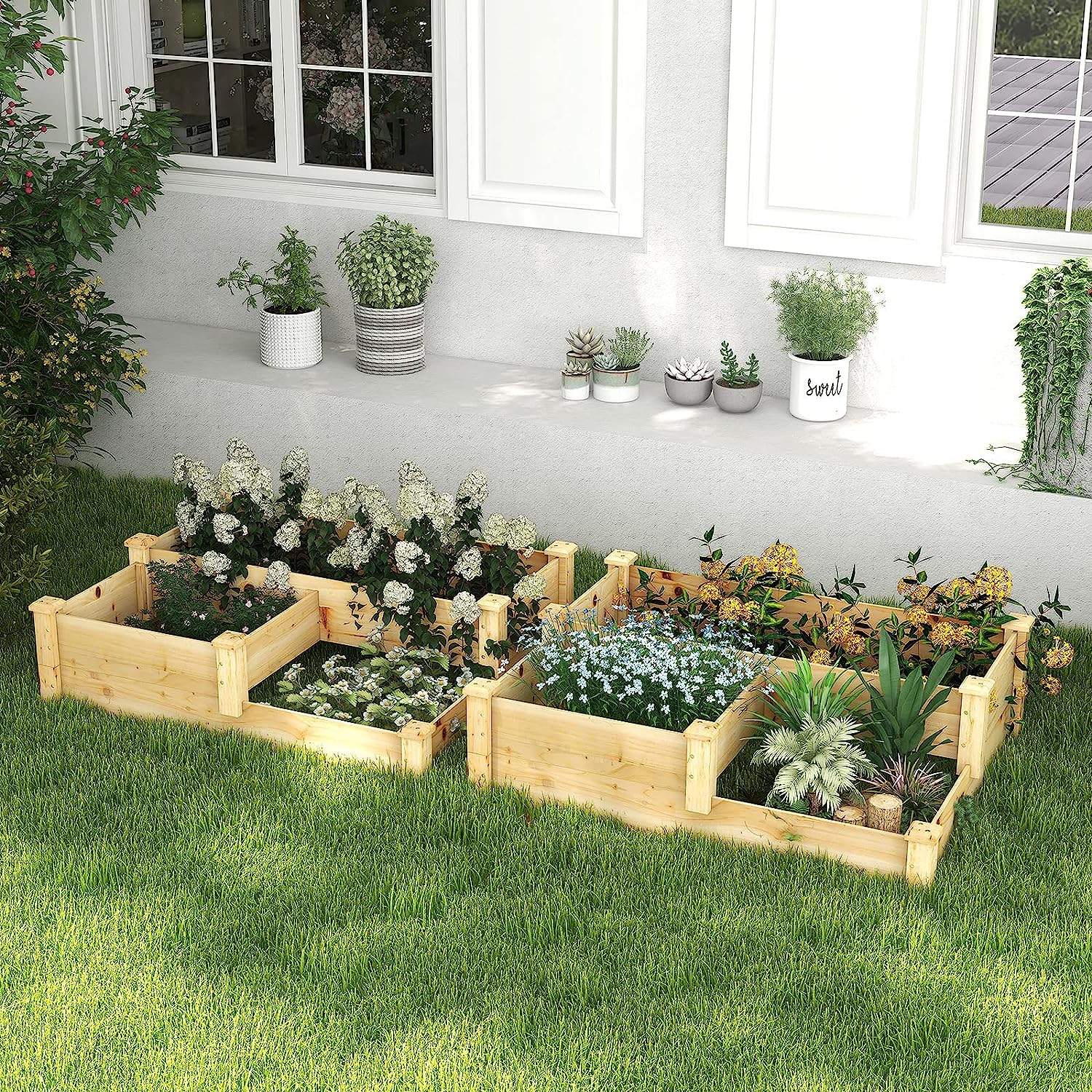
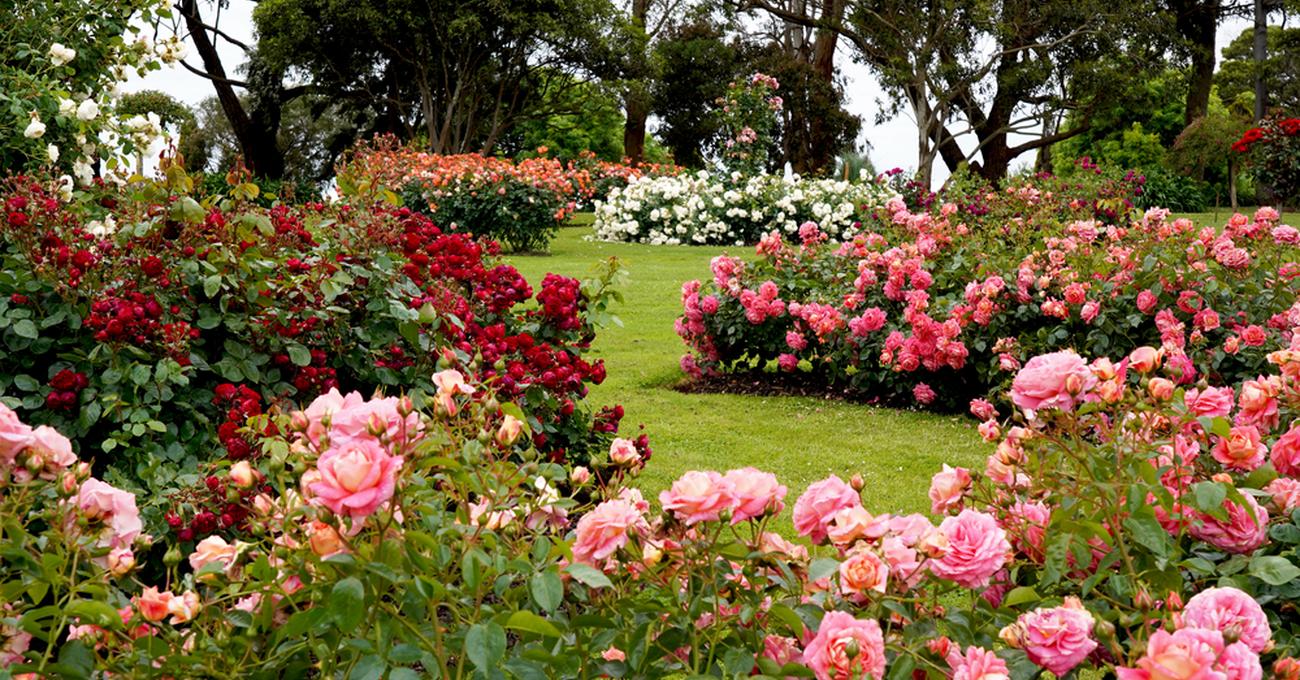

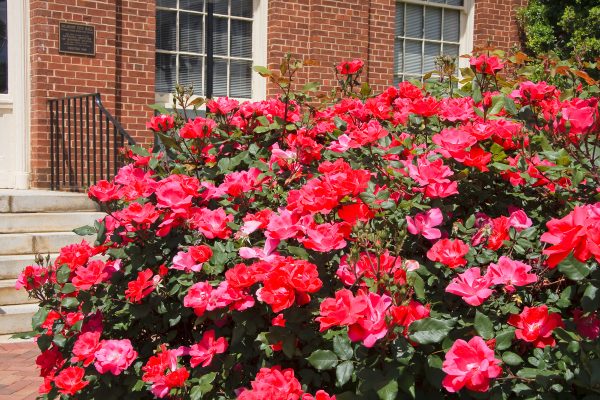
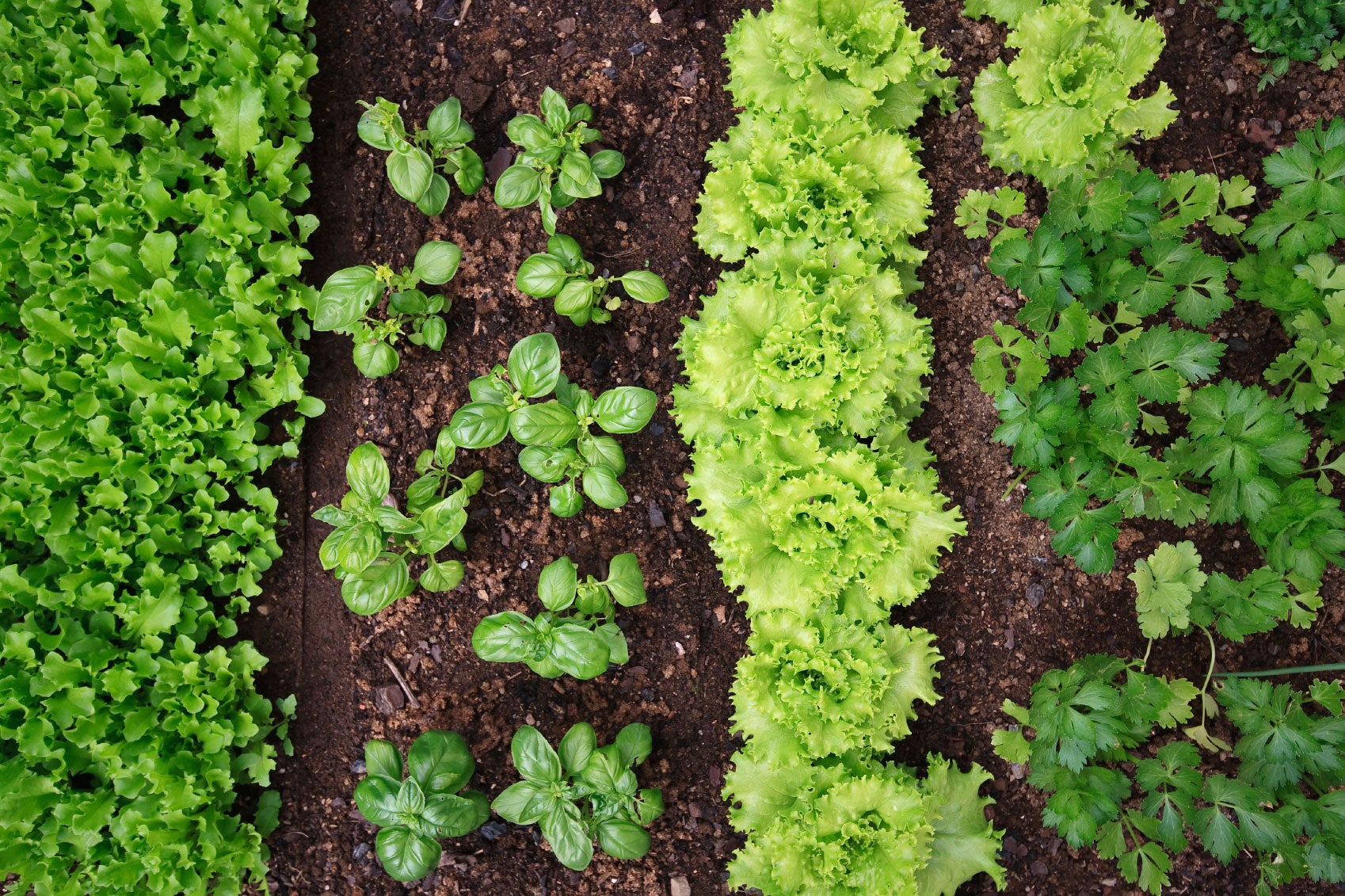
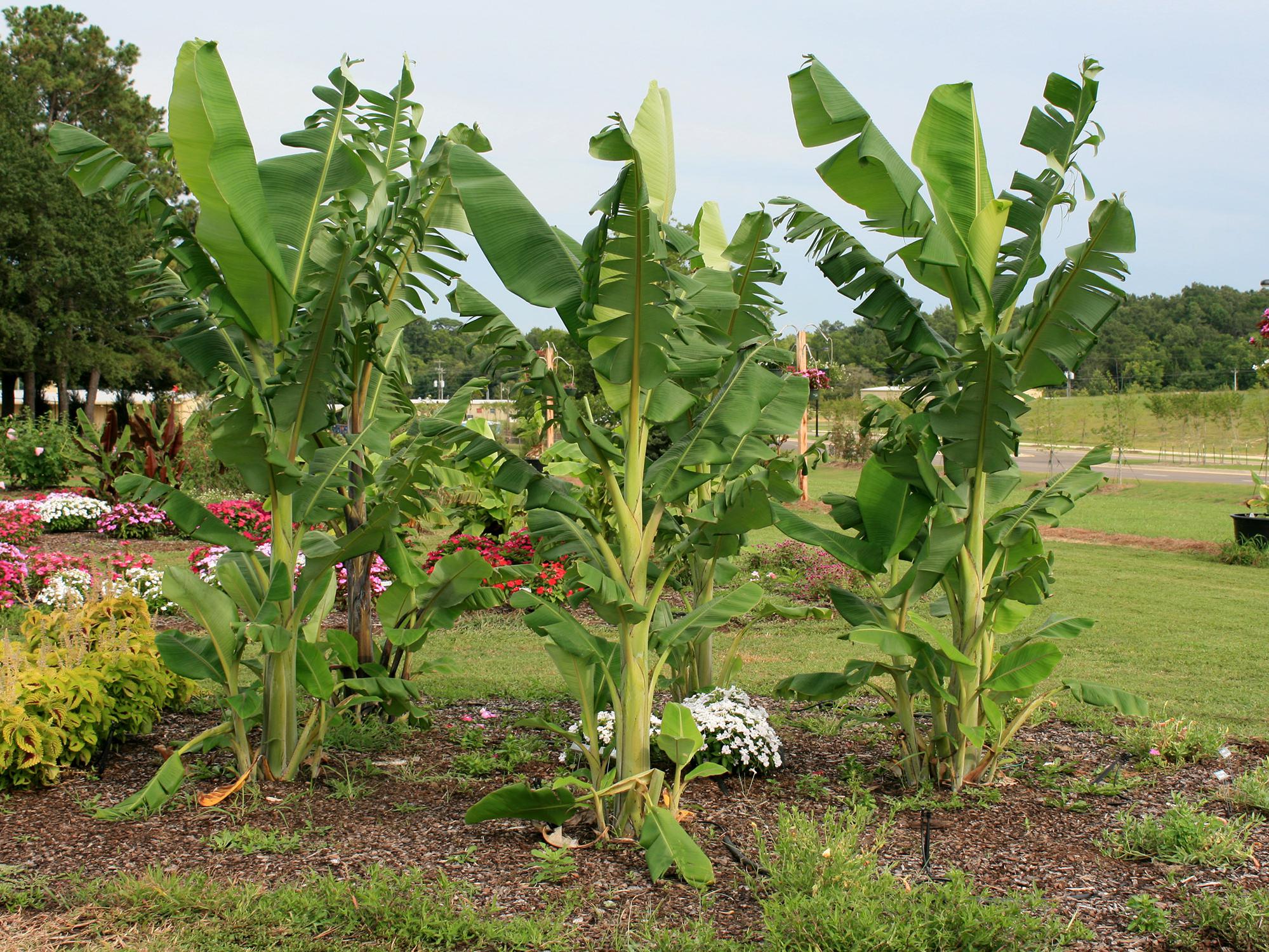
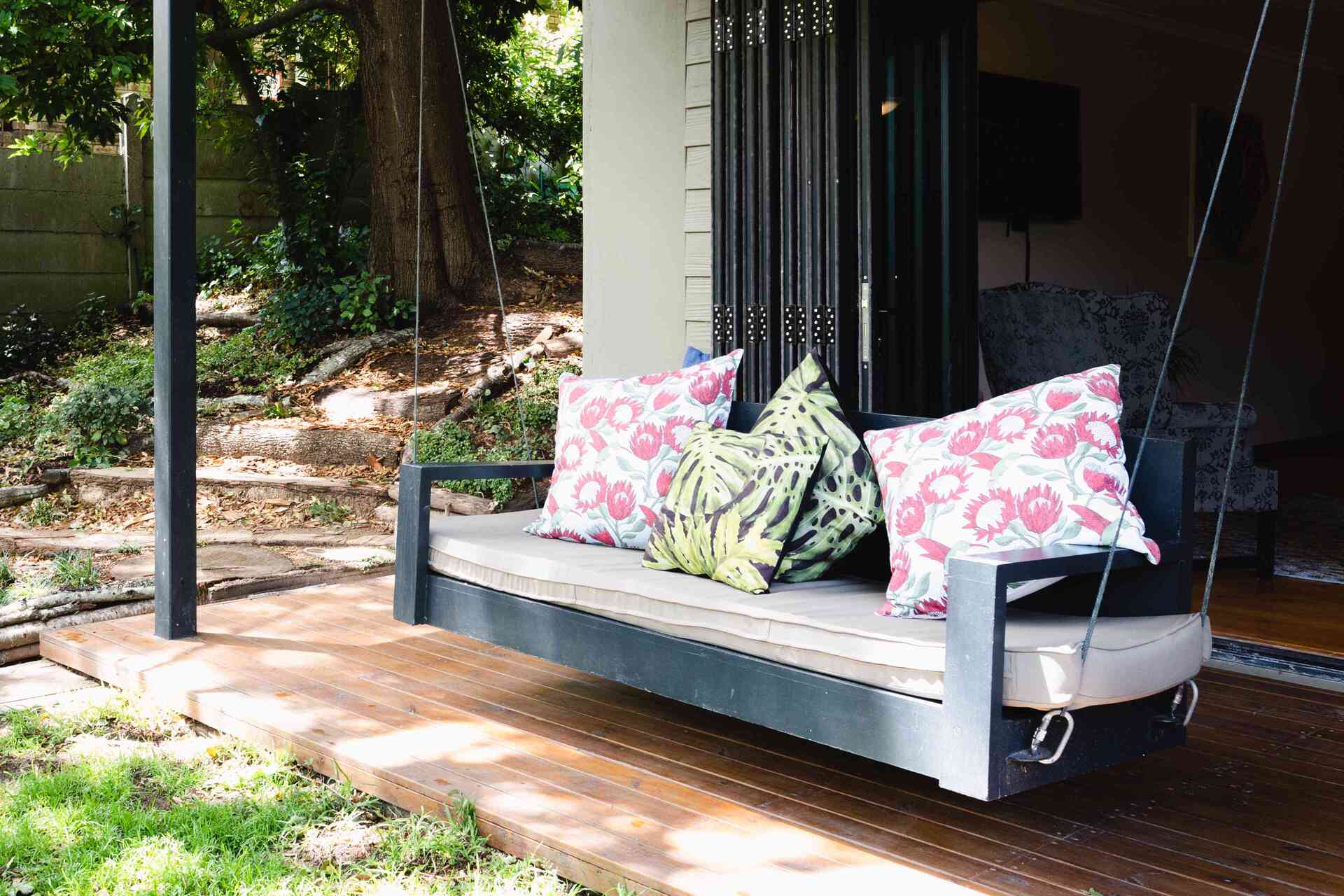

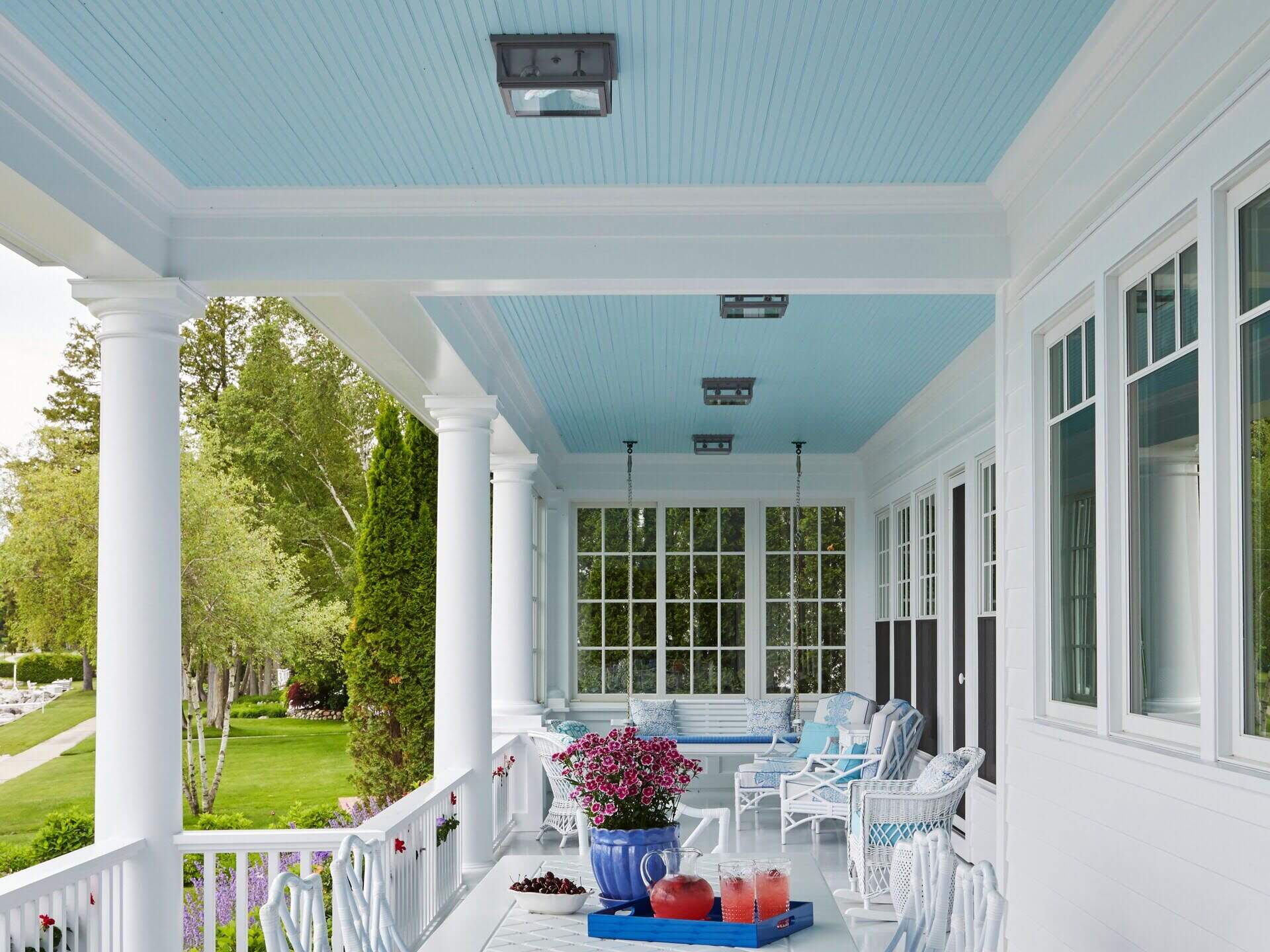
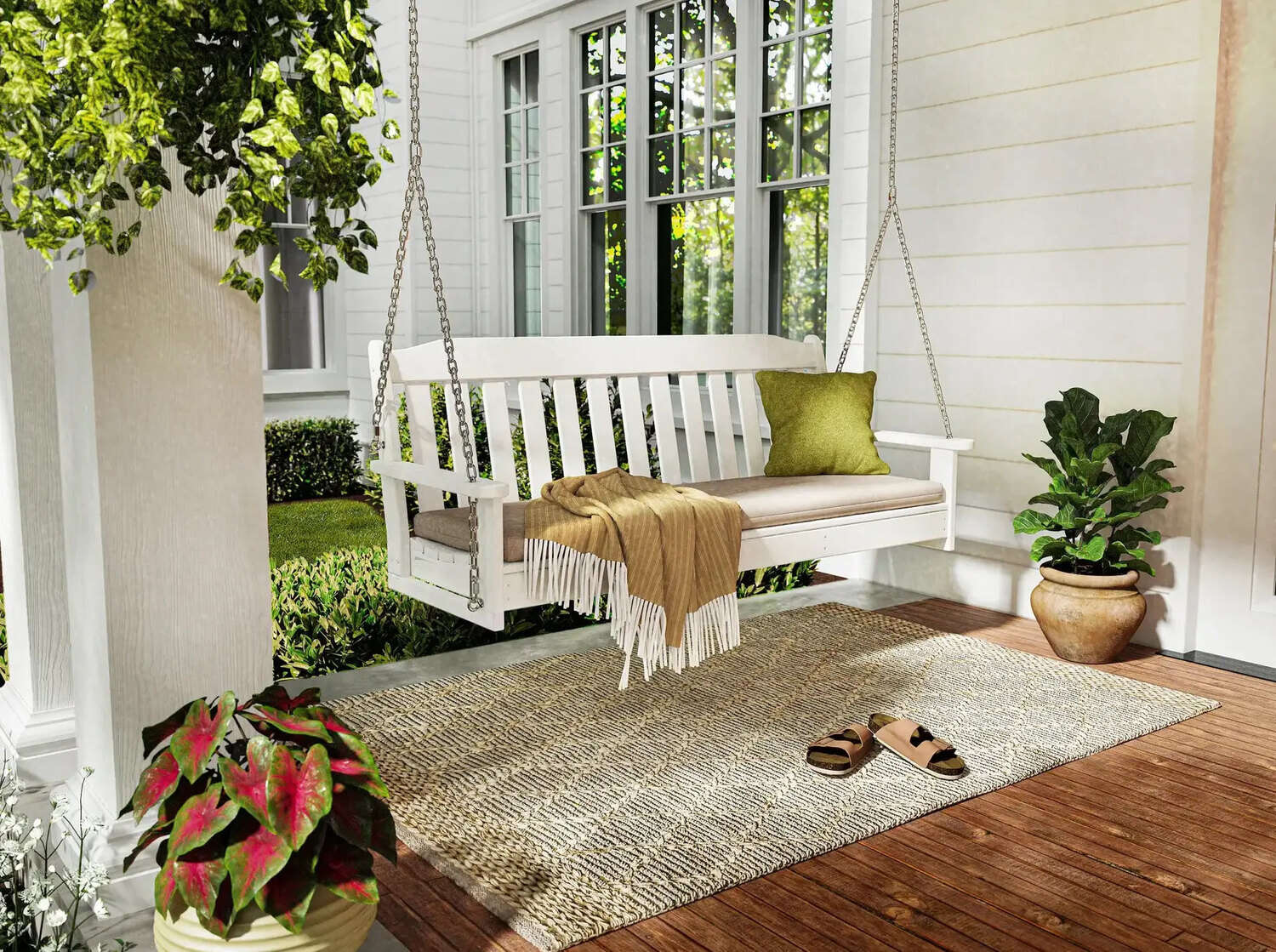
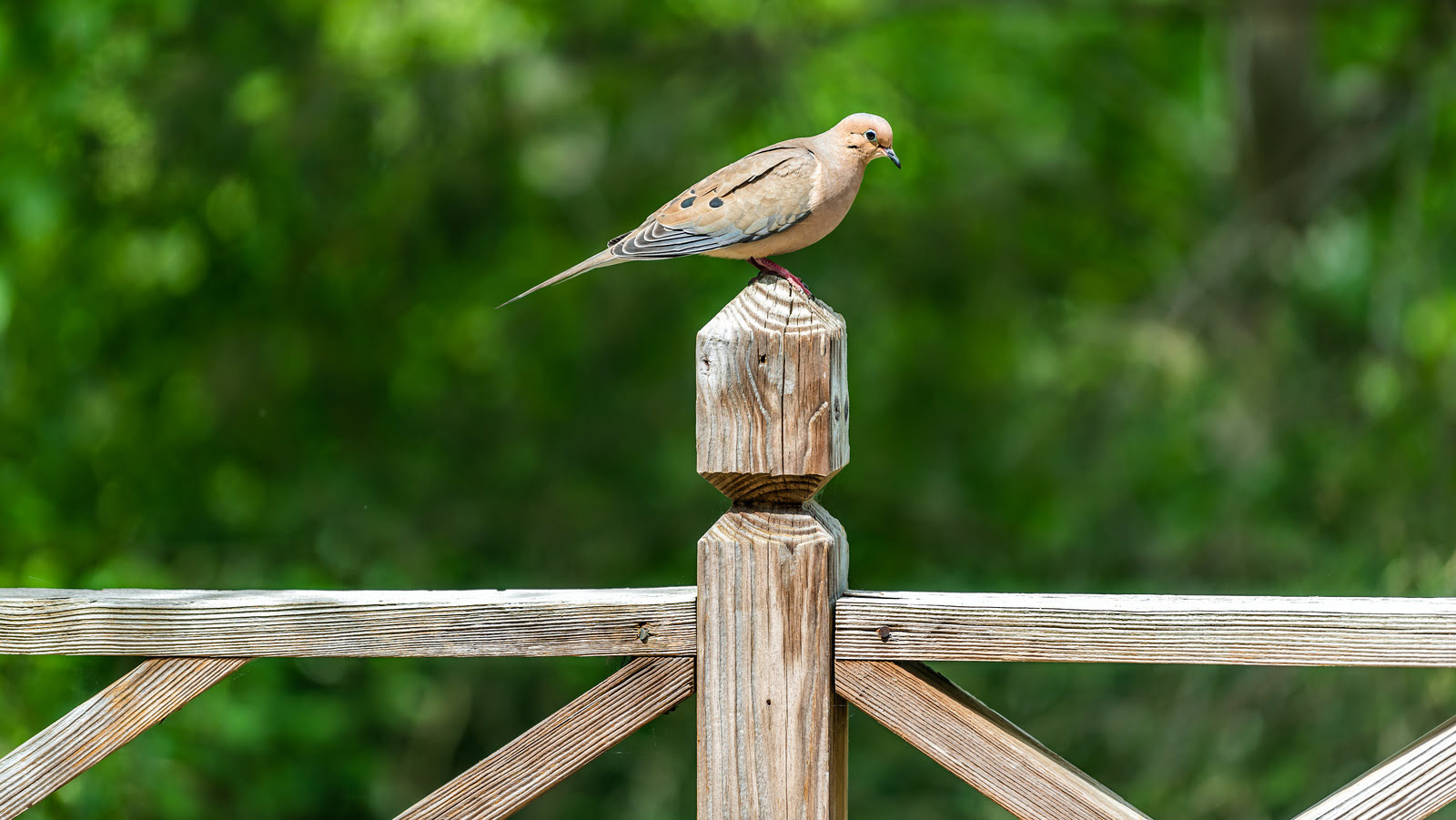
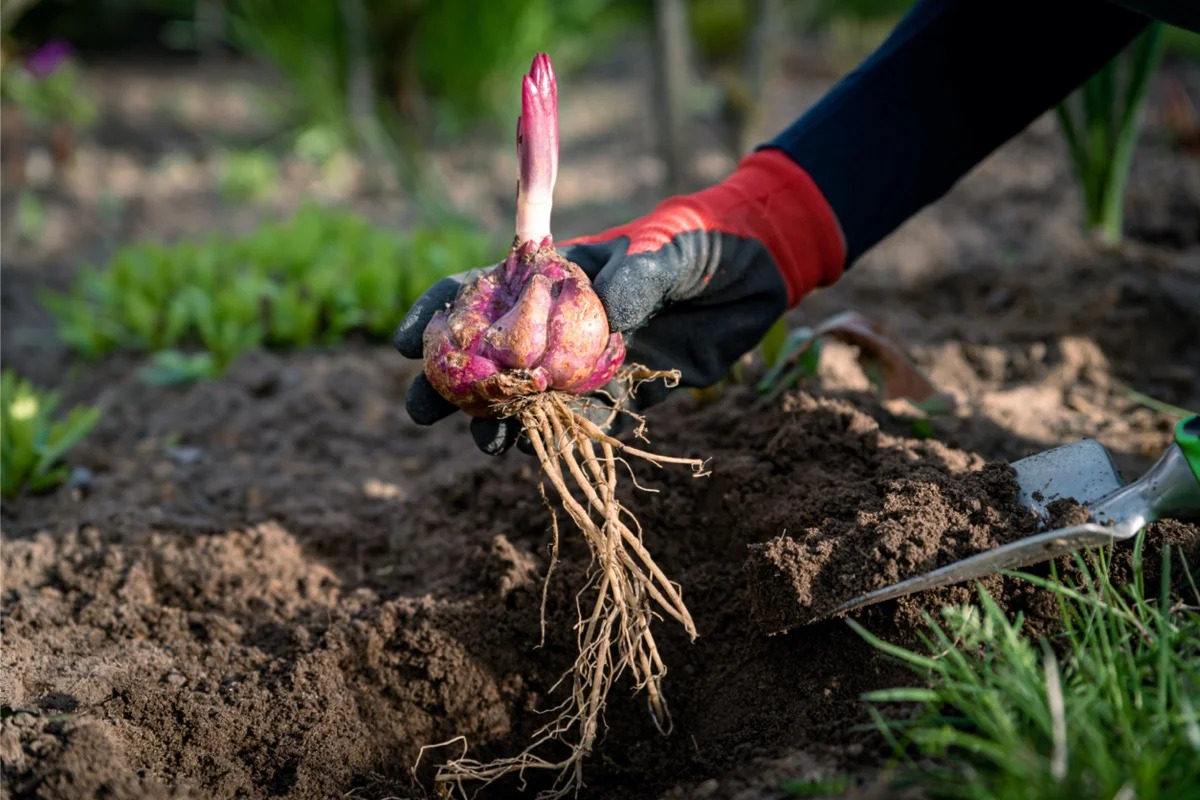
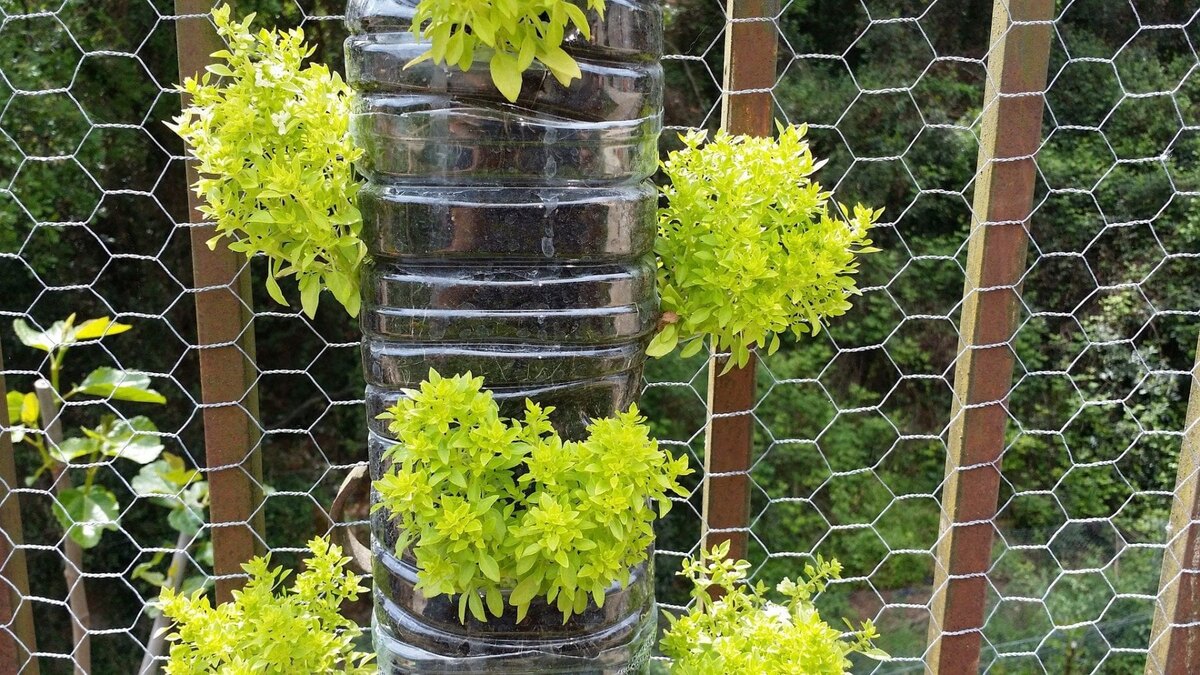
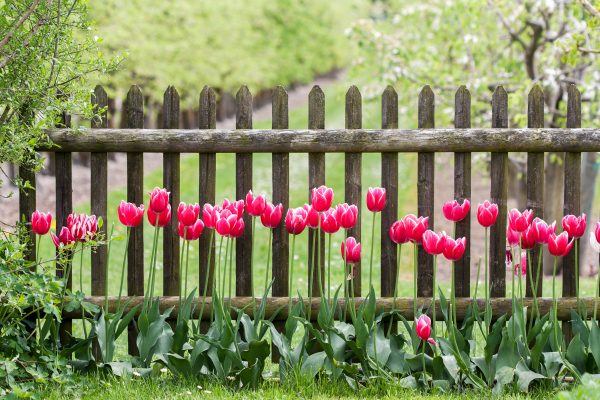

0 thoughts on “What Can You Plant In Front Of Roses For Garden Design?”